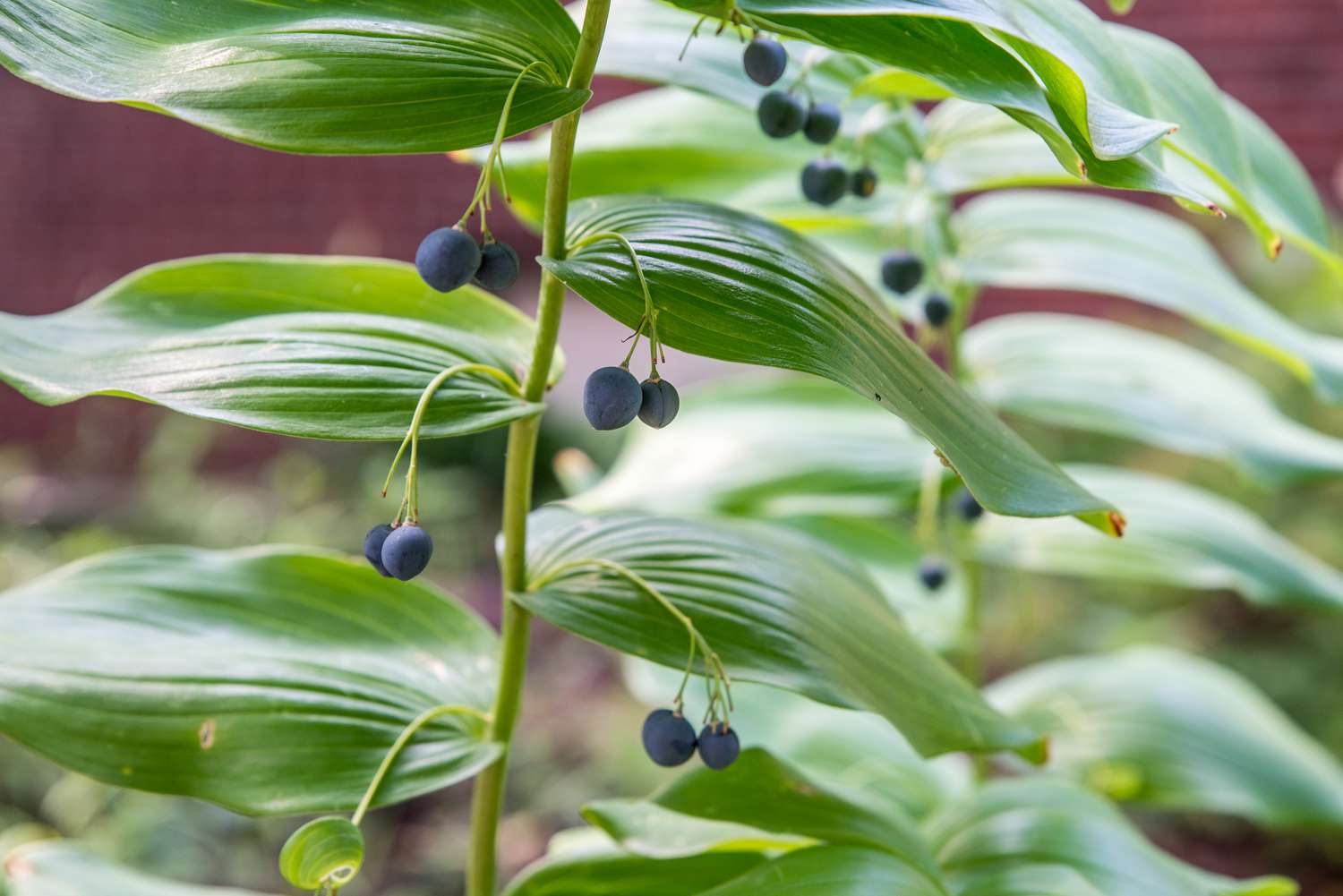Introduction
In the world of garden plants, Solomon’s Seal stands out as a symbol of timeless elegance and understated beauty. With its arching stems, delicate bell-shaped flowers, and distinctive leaves, this perennial plant has captured the hearts of garden enthusiasts for centuries. Join us as we explore the charm, cultivation, and unique features of Solomon’s Seal.
Discovering Solomon Seal
An Overview of Solomon Seal
Solomon’s Seal, scientifically known as Polygonatum, is a genus of flowering plants belonging to the Asparagaceae family. The plant is characterized by its graceful, arching stems that bear pairs of dangling, tubular flowers. Native to Asia, Europe, and North America, Solomon’s Seal has earned a reputation as a shade-loving perennial with a tranquil presence.
Varieties of Solomon’s Seal
Several species and varieties of Solomon’s Seal exist, each offering its unique characteristics. Some notable varieties include Polygonatum odoratum (fragrant Solomon’s Seal), Polygonatum biflorum (smooth Solomon’s Seal), and Polygonatum falcatum (Japanese Solomon’s Seal).
Cultivating Solomon’s Seal in Your Garden
Ideal Growing Conditions
Solomon’s Seal thrives in shady to partially shaded areas, making it an excellent choice for woodland gardens. Here are key growing conditions to consider:
- Soil: Well-draining, rich soil is ideal. Adding organic matter, such as compost, enhances soil fertility.
- Light: While Solomon’s Seal prefers shade, it can tolerate dappled sunlight. Planting it under deciduous trees provides the perfect balance of light and shade.
- Watering: Keep the soil consistently moist, especially during the growing season. Mulching around the plant helps retain soil moisture.
Planting and Propagation
- Planting Depth: When planting Solomon’s Seal, ensure the rhizomes are planted at the correct depth, typically 2 to 4 inches below the soil surface.
- Division: Propagation is commonly done through rhizome division. Divide mature clumps in early spring or fall, ensuring each division has viable roots and shoots.
Solomon’s Seal in Garden Design
Companion Planting
Solomon’s Seal’s graceful form makes it an excellent companion for other shade-loving plants. Consider pairing it with ferns, hostas, or other woodland perennials to create a harmonious and visually appealing garden bed.
Container Gardening
While Solomon’s Seal is often associated with garden beds, it can also thrive in containers. Choose a large, deep container to accommodate its rhizomatous growth, and place it in a shaded or partially shaded location on your patio or balcony.
Maintenance and Care Tips
Pruning and Deadheading
Solomon’s Seal is a low-maintenance plant, but removing spent flowers and any damaged or yellowing leaves can enhance its appearance. Prune back stems in late fall or early spring to encourage new growth.
Pest and Disease Control
Solomon’s Seal is generally resistant to pests and diseases. However, slugs and snails may occasionally be attracted to their tender shoots. Use organic slug repellents or handpick these pests if needed.
Frequently Asked Questions (FAQs)
- Can Solomon’s Seal Handle Full Sun?
- Solomon’s Seal prefers partial to full shade. While it can tolerate some morning sunlight, prolonged exposure to full sun may lead to leaf scorch.
- How Tall Does Solomon’s Seal Grow?
- Heights vary among species and varieties, but Solomon’s Seal typically ranges from 18 inches to 4 feet tall.
- When is the Best Time to Divide Solomon’s Seal?
- Early spring or fall is the best time to divide Solomon’s Seal. This allows the plant to establish itself before the growing season.
- Are All Parts of Solomon’s Seal Edible?
- The young shoots and leaves of Solomon’s Seal are edible and have been used in traditional medicine and culinary applications. However, it’s essential to properly identify the plant and ensure proper preparation.
- Can Solomon’s Seal Grow in Containers?
- Yes, Solomon’s Seal can thrive in containers. Ensure the container is large enough to accommodate its rhizomatous growth and use well-draining potting mix.
Conclusion
Solomon’s Seal, with its delicate blooms and graceful form, brings a touch of timeless elegance to any garden. Whether nestled in a woodland setting, featured in companion plantings, or showcased in a container, this perennial plant offers both beauty and tranquility to outdoor spaces. Consider adding Solomon’s Seal to your garden for a touch of nature’s sophistication.

